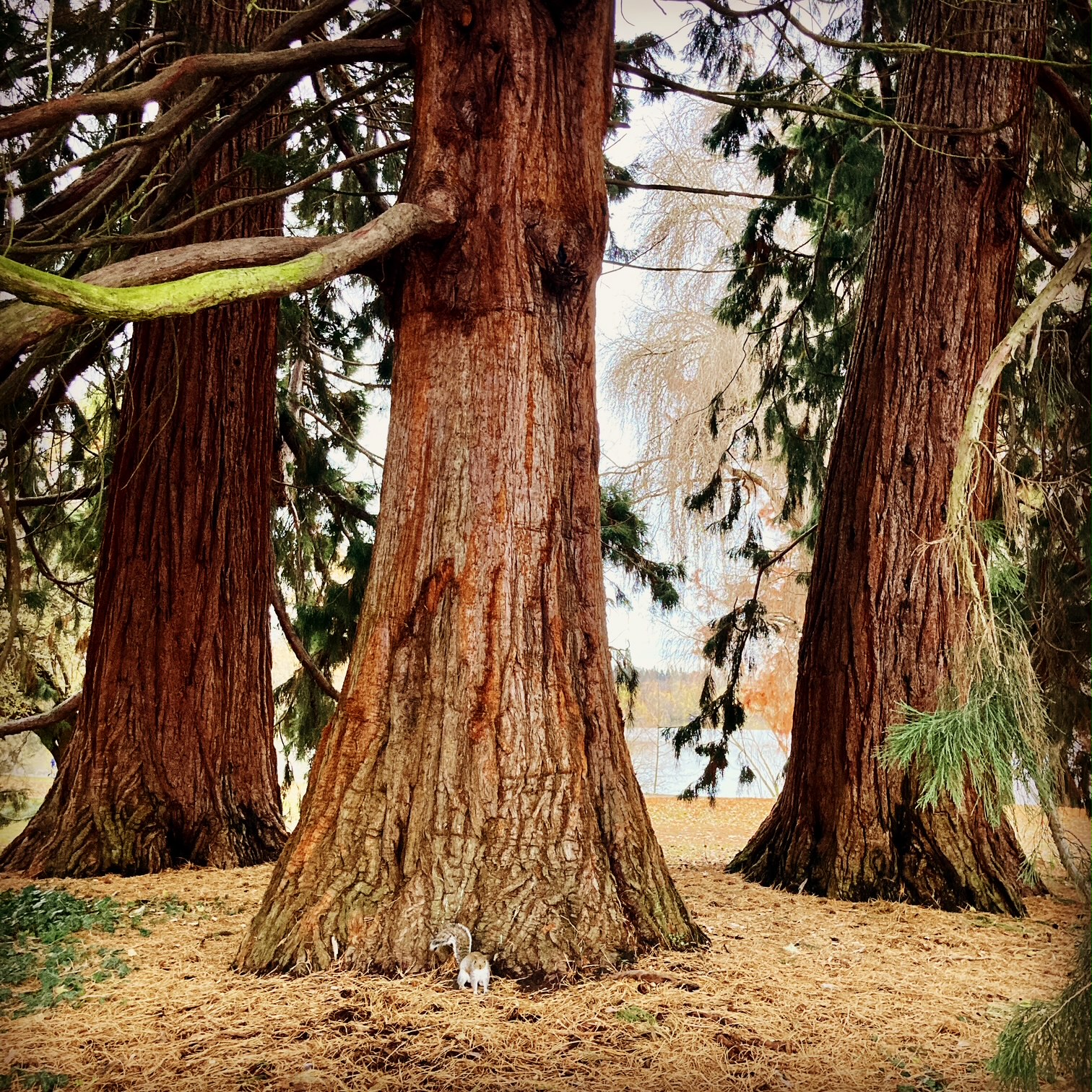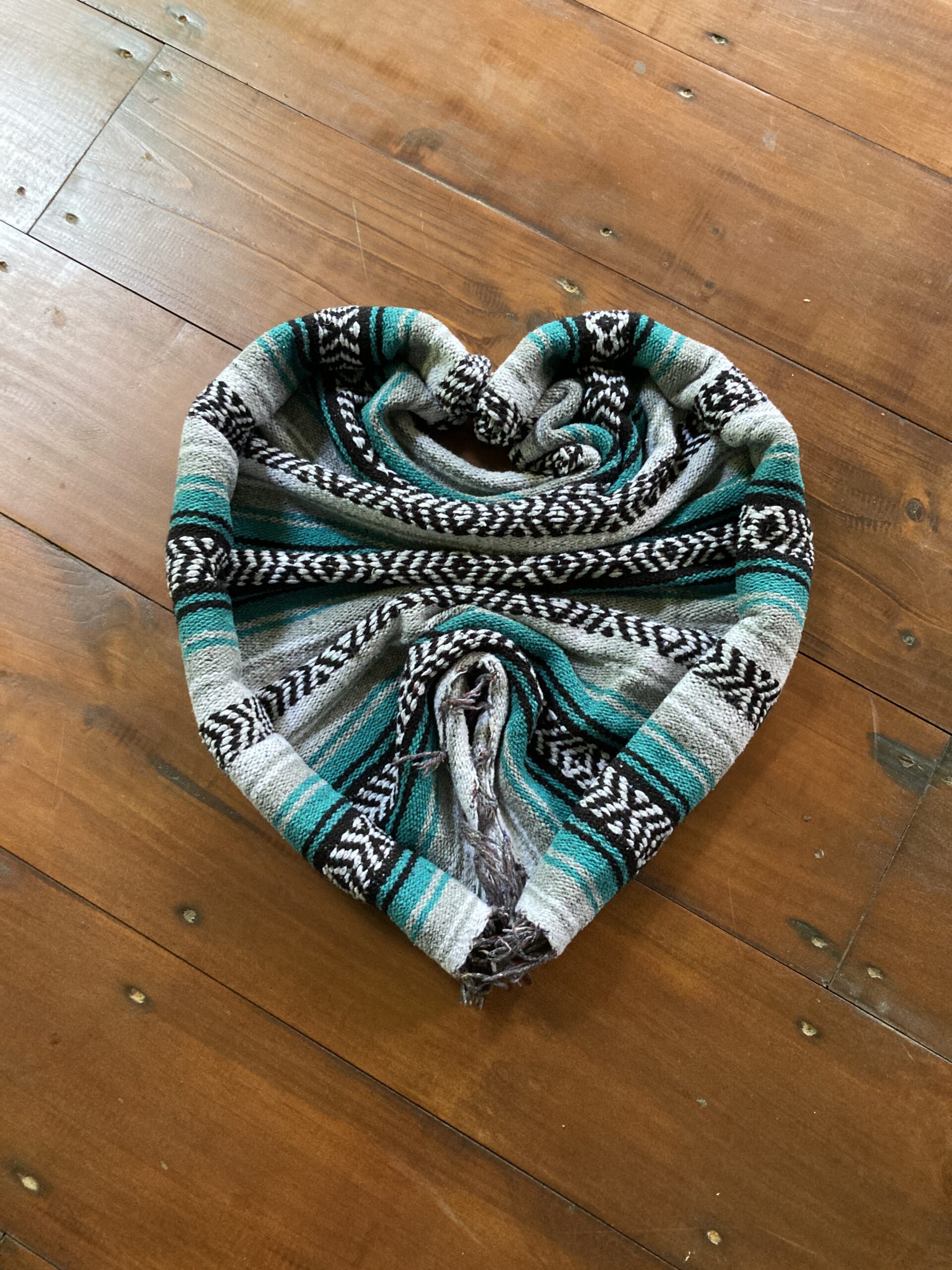Today we went to the Temple Caves in Ellora. Unlike yesterday’s caves, the fabulous temple caves of Ellora were never hidden, lost, or waiting to be rediscovered. They were always treasured and contain Jain, Buddhist, and Hindu temples. The 34 temples caves of Ellora were carved directly into the sides of a basalt hill and one of the temples here, Kailash Temple, is the largest monolithic temple in the WORLD!

The excavation was done from the top and downwards. No scaffolding was used to carve out these enormous works of temple architecture. Three million cubic feet of rock was chiseled out and removed from the mountain to create these fabulous caves. The caves were built between 350 AD and 700 AD and were inhabited by holy men.

Imagine if you will, a bus arriving, packed to the gills with tourists. Most of these tourists are from various parts of India. The women wear colorful saris. The men are cheerful and hold the babies. The children are dressed up and their eyes so beautifully big and filled with light. The men, women, babies, and youngsters are beautiful.They have come to see this UNESCO World Heritage Site, like us, to see this gem of India! They are all very excited. They are friendly. They are playful. They are welcoming. How many times did I hear an enthusiastic “Welcome to India!”? Children laughing and crying on the bus. Many languages are being spoken and the whole bus is like a party! Most people have selfie-sticks and are taking photos of groups sitting on the bus. Well, I am on this bus, too! And my group is on this bus! In my row, there are only two seats, but three of us have squeezed in for the short shuttle ride to the temple caves. We are laughing along with the others.

In no time at all, we arrive and everyone piles out of the bus. There are many hawkers/vendors waiting. Those of us from the USA stand out, as you can imagine. The vendors spot us and they surround us, working hard to sell books, photos, postcards, purses, bags, sculpted elephants, Ganesha, necklaces, gems, rocks. You name it, they have it. In their world, no means maybe and maybe is very close to yes. Their eyes are filled with hope. Oh, some of them are very charming. Their tactics and skills for selling are remarkable and impressive. “Miss, Miss, my name is Johnny. Remember my face! When you finish looking at the caves, I will be here. I’ll save you a necklace for you for later. I give you good price.” They are very clever. When, later, we leave the caves, we can be sure Johnny will still be there, waiting, remembering our faces. They are full of joy, anticipating a sale.


Inside the temples, we are dazzled by the work of thousands of hands from ancient times. How on earth did they create these masterly carvings? Enormous life sized elephants carved from the rock greet the tourists. Kailash Temple is most impressive. It is the last place we visited in Ellora today, the grand finale!

Kailash is a miraculous site. It is uniquely a Hindu temple dedicated to Shiva. The temple was a great center of learning. It’s built like a chariot and has an antechamber, an assembly hall, a sanctuary, a tower, and an open sky platform. This is a mind-boggling cave temple within a cave temple within a cave. Near the innermost temple is Nandi, Shiva’s bull. People were lovingly whispering into his stone ear, their whispers releasing prayers and hopes and dreams. Nandi, it is believed, will listen and then deliver the prayers to Shiva.
In the innermost sanctum, there is a Shiva lingam. The lingam is the divine symbol of energy of Shiva. I felt a deep inner stillness and I felt the room was humming with energy. My mind went blank and I simply observed the worshipers. As we stood there, Hindus came pouring into the room to pray, to touch the Shiva lingam, to raise their children to touch the Shiva lingam, to press their foreheads to the edge of the yoni and to be reminded of the power of creation, of consciousness and nature coming together in perfect union and life.
In traditional Indian society, the linga is seen as a symbol of the energy and potential of Shiva himself. The lingam is often represented as resting on yoni (Sanskrit word, literally “vulva”, “origin” or “source”), a symbol of Goddess Durga in Hinduism.
The Lingam has also been considered a symbol of male creative energy or of the phallus. The lingam is often represented with the Yoni, a symbol of the goddess or of Shakti, female creative energy. The union of lingam and yoni represents creation or life.

Soon, I will be offering an evening yoga session. As I write back in the cool of the hotel room, I hear the Muslim call to prayer. India never ceases to fascinate! Not only will I never forget the Ellora caves, but I will also never forget the lovely people at the caves, the large families and groups of school children, all vying to interact with us. Such an incredible day!












Those eyes!
Sweet!
Brings back great memories, Fran! Thank you.
Lovely descriptions – almost feel like I’m there.
So beautiful Fran! I can feel it through your words and pictures. Thank you!! 😘